Compact Textbooks in Mathematics
Compact Textbooks in Mathematics
This textbook series presents concise introductions to current topics in mathematics and mainly addresses advanced undergraduates and master students. The concept is to offer small books covering subject matter equivalent to 2- or 3-hour lectures or seminars which are also suitable for self-study. The books provide students and teachers with new perspectives and novel approaches. They feature examples and exercises to illustrate key concepts and applications of the theoretical contents. The series also includes textbooks specifically speaking to the needs of students from other disciplines such as physics, computer science, engineering, life sciences, finance.
compact: small books presenting the relevant knowledge
learning made easy: examples and exercises illustrate the application of the contents
useful for lecturers: each title can serve as basis and guideline for a semester course/lecture/seminar of 23 hours per week.
More information about this series at: http://www.springer.com/series/11225
Alessandro Fonda
The Kurzweil-Henstock Integral for Undergraduates A Promenade Along the Marvelous Theory of Integration
Alessandro Fonda
Dipartimento di Matematica e Geoscienze, Universit degli Studi di Trieste, Trieste, Italy
ISSN 2296-4568 e-ISSN 2296-455X
Compact Textbooks in Mathematics
ISBN 978-3-319-95320-5 e-ISBN 978-3-319-95321-2
https://doi.org/10.1007/978-3-319-95321-2
Library of Congress Control Number: 2018949935
Mathematics Subject Classication (2010): 26A39 26A42 26A63 26A66 26B15 26B20 28A75
Springer Nature Switzerland AG 2018
This work is subject to copyright. All rights are reserved by the Publisher, whether the whole or part of the material is concerned, specifically the rights of translation, reprinting, reuse of illustrations, recitation, broadcasting, reproduction on microfilms or in any other physical way, and transmission or information storage and retrieval, electronic adaptation, computer software, or by similar or dissimilar methodology now known or hereafter developed.
The use of general descriptive names, registered names, trademarks, service marks, etc. in this publication does not imply, even in the absence of a specific statement, that such names are exempt from the relevant protective laws and regulations and therefore free for general use.
The publisher, the authors, and the editors are safe to assume that the advice and information in this book are believed to be true and accurate at the date of publication. Neither the publisher nor the authors or the editors give a warranty, express or implied, with respect to the material contained herein or for any errors or omissions that may have been made. The publisher remains neutral with regard to jurisdictional claims in published maps and institutional affiliations.
This book is published under the imprint Birkhuser, www.birkhauser-science.com, by the registered company Springer Nature Switzerland AG
The registered company address is: Gewerbestrasse 11, 6330 Cham, Switzerland
The author with Jaroslav Kurzweil in September 2008
To Sofia, Marcello, and Elisa
Introduction
This book is the outcome of the beginners courses held over the past few years for my undergraduate students. The aim was to provide them with a general and sufficiently easy to grasp theory of the integral. The integral in question is indeed more general than Lebesgues in  , but its construction is rather simple, since it makes use of Riemann sums which, being geometrically viewable, are easily understandable.
, but its construction is rather simple, since it makes use of Riemann sums which, being geometrically viewable, are easily understandable.
This approach to the theory of the integral was developed independently by Jaroslav Kurzweil and Ralph Henstock since 1957 (cf. [5, 8]). A number of books are now available [1, 4, 6, 7, 913, 1519, 21]. However, I feel that most of these monographs are addressed to an expert reader, rather than to a beginner student. This is why I wanted to maintain here the exposition at a very didactical level, trying to avoid as much as possible unnecessary technicalities.
The book is divided into three main chapters and five appendices, which I now briefly describe, mainly as a guide for the lecturer.
The first chapter outlines the theory for functions of one real variable. I have done my best to keep the explanation as simple as can be, following as far as possible the lines of the theory of the Riemann integral. However, there are some interesting peculiarities.
The Fundamental Theorem of differential and integral calculus is very general and natural: one only has to assume the given function to be primitivable, i.e., to be the derivative of a differentiable function. The proof is simple and clearly shows the link between differentiability and integrability.
The generalized integral, on a bounded but not compact interval, is indeed a standard integral: in fact, Hakes theorem shows that a function having a generalized integral on such an interval can be extended to a function which is integrable in the standard sense on the closure of its domain.
Integrable functions according to Lebesgue are those functions which are integrable and whose absolute value is integrable, too.
In the second chapter, the theory is extended to real functions of several real variables. No difficulties are encountered while considering functions defined on rectangles. When the functions are defined on more general domains, however, an obstacle arises concerning the property of additivity on subdomains. It is then necessary to limit ones attention to functions which are integrable according to Lebesgue, after having introduced the concept of measurable set. On the other hand, for the Fubini Reduction Theorem there is no need to deal with Lebesgue integrable functions. It has a rather technical but conceptually simple proof, which only makes use of the KurzweilHenstock definition. In the Theorem on the Change of Variables in the integral, once again complications may arise (see, e.g., [2]), so that I again decided to limit the discussion only to functions which are integrable according to Lebesgue. The same goes for functions which are defined on unbounded sets. These difficulties are intrinsic, not only at an expository level, and research on some of these issues is still being carried out.
The third chapter illustrates the theory of differential forms. The aim is to prove the classical theorems carrying the name of Stokes, and Poincars theorem on exact differential forms. Dimension 3 has been considered closely: indeed, the theorems by StokesCartan and Poincar are proved in this chapter only in this case, and the reader is referred to Appendix B for the general proof. Also, I opted to discuss only the theory for

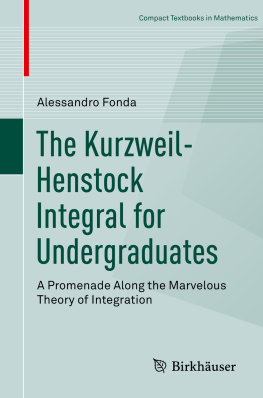
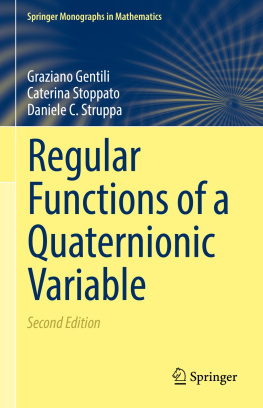
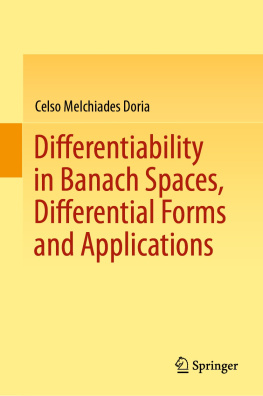

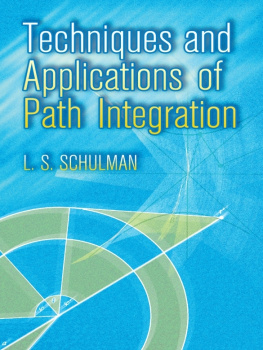
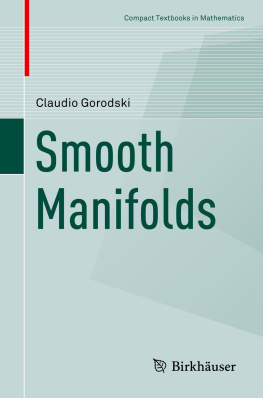
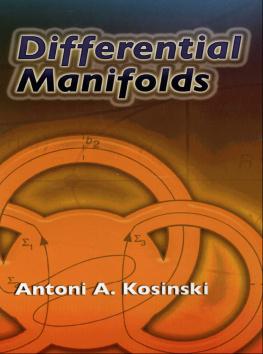
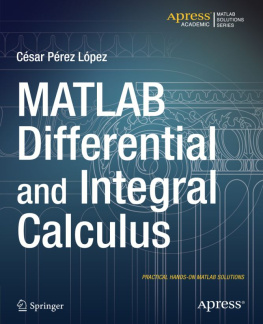
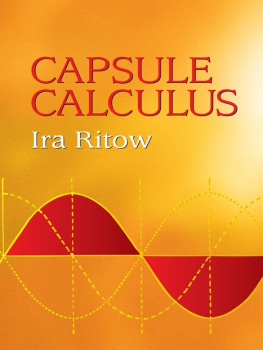
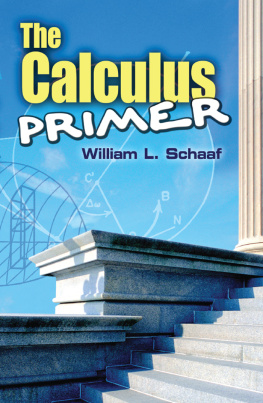
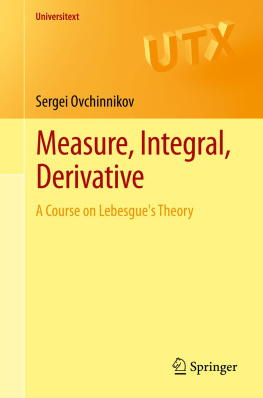
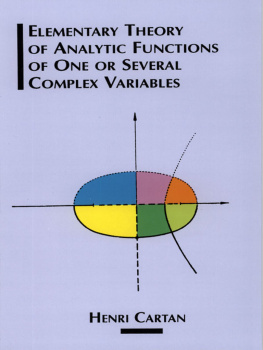


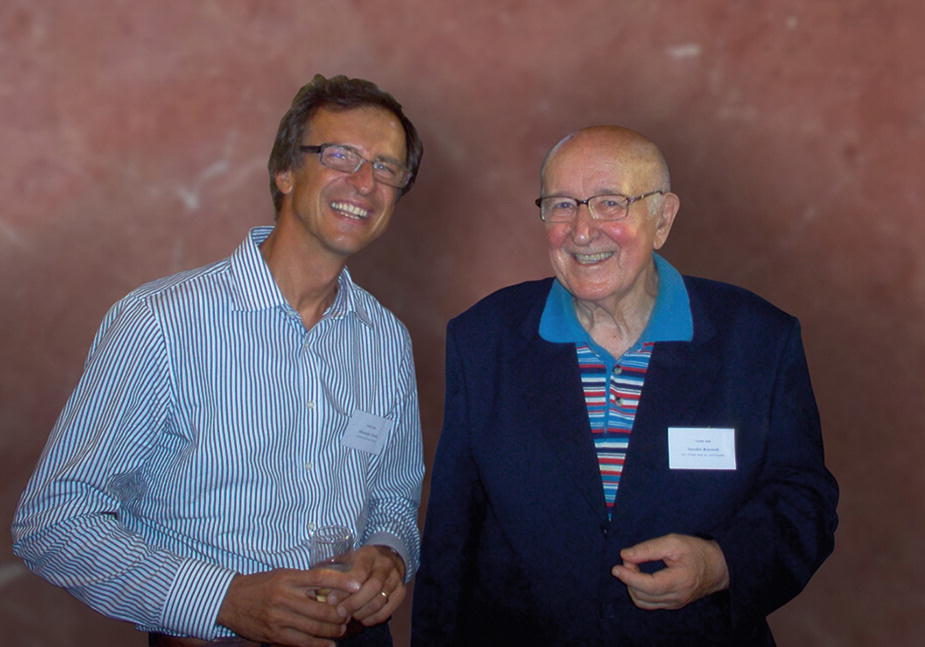
 , but its construction is rather simple, since it makes use of Riemann sums which, being geometrically viewable, are easily understandable.
, but its construction is rather simple, since it makes use of Riemann sums which, being geometrically viewable, are easily understandable.